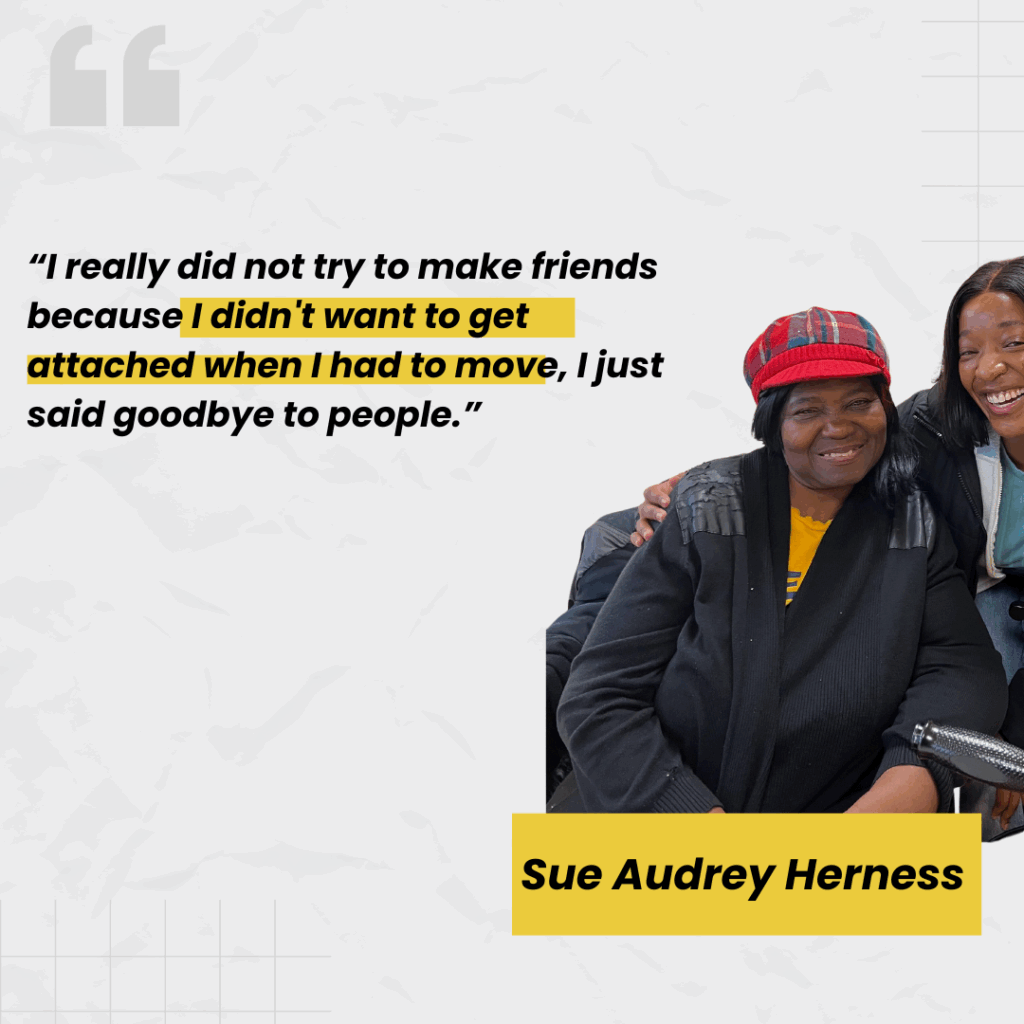Older adults in Hartford are not just concerned with housing—they’re also deeply rooted in their communities. Their responses reveal how social ties, support networks, and familiar spaces are essential to their sense of stability and well-being.

Staying Connected Matters
A majority of respondents expressed that staying connected to their neighborhood and community is a high priority. Nearly 60% (19 respondents) said this connection is very important, and another 7 respondents (22.6%) described it as somewhat important. In contrast, only 3 participants said it was not important at all, underscoring how rare it is for seniors to feel detached from their surroundings.
- Very important – 19 respondents (61.3%)
- Somewhat important – 7 respondents (22.6%)
- Not important at all – 3 respondents (9.7%)
- NA – 2 respondents (6.5%)
Spaces of Belonging

When it comes to maintaining social connections, community centers stood out as the most commonly cited resource, with 23 respondents identifying them as important to their social lives. Family and friends’ homes followed closely behind (18 respondents), along with religious institutions (15 respondents), highlighting the role of both formal and informal gathering spaces. Local parks and libraries were also valued, each mentioned by 12 participants.
- Community centers – 23
- Family/friends’ homes – 18
- Religious institutions – 15
- Local parks – 12
- Libraries – 12
The Impact of Relocation

Moving isn’t just a logistical challenge—it represents a threat to deeply held social connections. For more than two-thirds of the seniors surveyed, relocating would pose serious difficulties in accessing services and staying in touch with friends and family. Eleven respondents (35.5%) said it would be very difficult, and another nine (29.0%) said it would be somewhat difficult. These responses highlight how mobility constraints, emotional bonds, and service accessibility shape their attachment to place.
- Very difficult – 11 respondents (35.5%)
- Somewhat difficult – 9 respondents (29.0%)
- Not difficult – 4 respondents (12.9%)
- Not sure – 3 respondents (9.7%)
- Did not answer – 4 respondents (12.9%)